Two major announcements by the United States President Donald Trump this month may alter the power scales in South Asia and beyond.
First, Washington revoked the sanctions waiver that had allowed India to operate and invest in Iran’s Chabahar Port.
Shortly after, Trump signalled his intention to reclaim Afghanistan’s Bagram Air Base, a key military facility abandoned during the chaotic 2021 US withdrawal.
These decisions have raised questions about whether the Trump administration is recalibrating its regional priorities to align more closely with Pakistan at India’s expense.
US pulls the plug on Chabahar waiver
India’s long-term regional trade and connectivity strategy suffered a serious blow last week, when Washington announced that it would end the sanctions exemption for the Chabahar Port project.
The waiver, which had been in place since 2018 under the Iran Freedom and Counter-Proliferation Act (IFCA), allowed Indian companies to work on the port without facing punitive measures under US sanctions.
Its revocation, set to take effect on September 29, means that businesses involved in operating or developing Chabahar now risk severe penalties, including asset freezes and being cut off from the US banking system.
A US State Department statement confirmed the decision, saying that individuals and entities “operating the Chabahar Port and engaging in other related activities will face sanctions under the IFCA” starting from the end of September.
The timing of this move has unsettled Indian officials and companies. For New Delhi, Chabahar has been a linchpin of its efforts to create alternative trade routes that bypass Pakistan and provide direct access to Afghanistan and the resource-rich markets of Central Asia.
India’s Ministry of External Affairs (MEA) acknowledged the development on Friday, with spokesperson Randhir Jaiswal stating, “We have seen the US press statement regarding the revocation of the sanctions waiver for Chabahar Port. We are presently examining its implications for India.”
Why Chabahar matters to India
Located on Iran’s southeastern coast along the Gulf of Oman, Chabahar is India’s primary maritime gateway to Afghanistan and Central Asia. Unlike other Iranian ports, it offers direct sea access to routes that avoid Pakistani territory.
Over the past several years, India has made substantial financial commitments to the project. Its initial pledge included $85 million for equipment at the Shahid Beheshti terminal, of which roughly $24 million worth of machinery has already been supplied.
In May 2024, India signed a 10-year development agreement that included a $120 million investment for additional terminal infrastructure and a $250 million line of credit for related facilities, bringing total commitments to about $370 million.
This investment aimed to enhance container handling, cargo storage, and logistics capabilities, turning Chabahar into a regional hub for trade flows between South Asia, Central Asia, and Europe.
Chabahar also plays a strategic role as a counterbalance to Gwadar Port in Pakistan, which is a flagship project under China’s China-Pakistan Economic Corridor (CPEC).
By strengthening Chabahar, India hoped to limit China’s growing influence in the region and establish a competitive alternative to Beijing’s Belt and Road Initiative.
What the operational fallout for India will be
The loss of the waiver creates immediate complications for Indian companies. Shipments of essential commodities, construction materials, and other goods bound for Afghanistan and Central Asia could face delays as firms navigate compliance checks and banking restrictions.
Insurance premiums for cargo are expected to rise sharply, while international investors may withdraw from projects linked to the port to avoid secondary sanctions.
The disruption also threatens the progress of related infrastructure projects, including rail links and industrial zones intended to connect with Chabahar. Businesses reliant on smooth operations now face uncertainty over future trade flows.
For India, the port was a cornerstone of the International North-South Transport Corridor (INSTC) and the India-Middle East-Europe Economic Corridor (IMEC), announced at the G20 Summit in New Delhi in 2023.
IMEC was envisioned as a multi-modal corridor connecting India’s west coast ports to the UAE by sea, and then moving goods by rail through Saudi Arabia and Jordan to Israel’s Haifa port, from where shipments could access European markets.
The project was expected to reduce transit times to Europe by up to 40 per cent compared to the traditional Suez Canal route, offering significant savings for shipping and energy transport.
Without Chabahar’s integration, however, India’s plans for seamless Eurasian connectivity could be severely curtailed, leaving the IMEC more focused on Gulf markets rather than serving as a direct land bridge to Central Asia and beyond.
Trump’s sudden interest in Bagram Air Base
Just days after the Chabahar decision, Trump expressed his desire to reestablish a US presence at Bagram Air Base, Afghanistan’s largest military facility during America’s two-decade war.
While on his recent visit to the UK, Trump stated, “We want it back, and we want it back right away. If they don’t do it, you’re going to find out what I’m going to do.”
He added that discussions were already underway with Afghan authorities, though he declined to provide details.
The Taliban, which has controlled Bagram since the US withdrawal in 2021, swiftly rejected the idea.
Taliban supreme leader Hibatullah Akhundzada condemned Trump’s remarks, while Fasihuddin Fitrat, chief of staff at the Afghan Defence Ministry, declared in a televised address, “Ceding even an inch of our soil to anyone is out of the question and impossible.”
The Taliban last year marked the third anniversary of their return to power with a military parade at Bagram, displaying US equipment left behind during the hasty 2021 exit — a spectacle that drew criticism in Washington.
The strategic importance of Bagram
During his first term, Trump negotiated a peace deal with the Taliban in Doha in 2020, setting the stage for a full US withdrawal by May 2021 in exchange for security assurances.
However, the actual pullout occurred under then-US President Joe Biden, which Trump has repeatedly described as disastrous.
The Bagram facility has regained prominence in US strategic thinking because of its location. Trump claimed that the base sits “just an hour from China’s nuclear weapons production.”
According to a 2024 Defence Intelligence Agency report, China is undertaking the fastest and most ambitious nuclear modernisation programme in its history.
This includes a rapid expansion of missile silos, development of mobile and air-launched delivery systems, and new submarine-based capabilities.
Bagram’s proximity to key Chinese facilities such as Lop Nur, about 2,000 kilometres away, makes it far more strategically advantageous than US bases in the Philippines, which are roughly 3,000 miles from Xinjiang.
Looking at the rapid thaw in US-Pakistan relations
These moves on Chabahar and Bagram are unfolding against a backdrop of warming US-Pakistan ties after years of mutual distrust.
Relations between the two countries soured following the discovery of Osama bin Laden in Abbottabad in 2011 and continued to deteriorate as Washington accused Islamabad of aiding terror groups, including the Taliban.
But now in a dramatic shift, Trump welcomed Field Marshal Asim Munir, Pakistan’s powerful army chief, to the White House in June this year.
Trump has also publicly echoing Islamabad’s unverified claim that Pakistan’s air force had downed five Indian aircraft during the four-day conflict in May — a statement India has not confirmed.
Pakistan’s leadership has actively courted Washington. During the May conflict, Pakistani authorities credited Trump’s mediation for achieving a ceasefire and even nominated him for a Nobel Peace Prize.
This gesture appears to have helped reset a relationship that had been stagnant for over a decade.
Economic decisions are also reinforcing this realignment. In August, Trump announced a 50 per cent tariff on Indian exports, citing New Delhi’s continued imports of Russian oil.
The move has hurt sectors such as chemicals, metals, pharmaceuticals, and agriculture, which depend heavily on access to the US market.
In stark contrast, Pakistan’s tariffs were lowered to 19 per cent, providing Islamabad with a competitive edge. Pakistani officials and business leaders have welcomed this preferential treatment, seeing it as an opportunity to stabilise their struggling economy.
Pakistan’s Crypto Council recently also signed an agreement with World Liberty Financial, a firm in which the Trump family holds a 60 per cent stake.
The deal positions Pakistan among the top global players in cryptocurrency adoption, with an estimated 25 million active users in the country.
Energy resources are also on the agenda. In June, Trump announced via Truth Social that he had signed an agreement to develop Pakistan’s oil reserves, ending his message with a pointed remark directed at India, “Who knows, maybe they’ll be selling Oil to India some day!”
How Pakistan is walking a tightrope between China & the US
These deals have fuelled speculation that Washington is seeking deeper economic and strategic ties with Pakistan, even as Islamabad remains closely aligned with China through projects like the CPEC.
The introduction of punitive tariffs, alongside visa fee hikes such as the $100,000 annual charge for new H-1B visa applications, adds to the list of grievances straining India-US relations.
Some analysts note that Washington may also view Pakistan as a useful intermediary with Iran, recalling how the US once used Islamabad as a backchannel to open diplomatic ties with China in the 1970s.
However, this potential role carries risks for Pakistan’s own relationship with Beijing, which has been its most reliable partner over the past decade.
With inputs from agencies


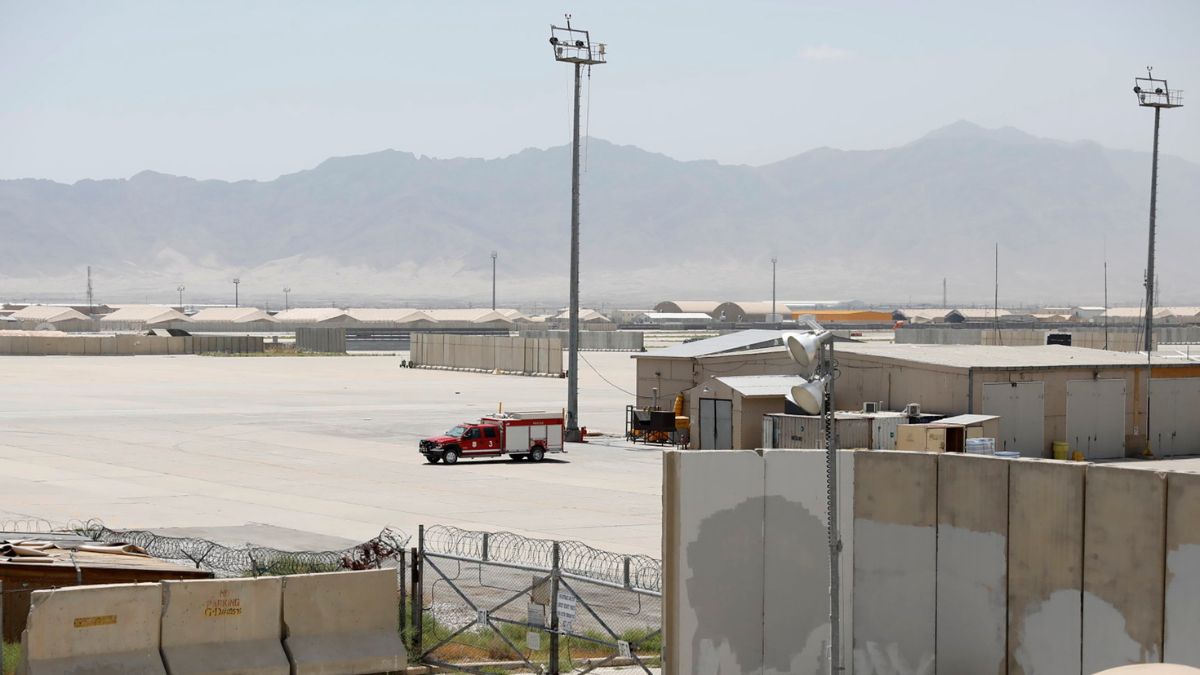)
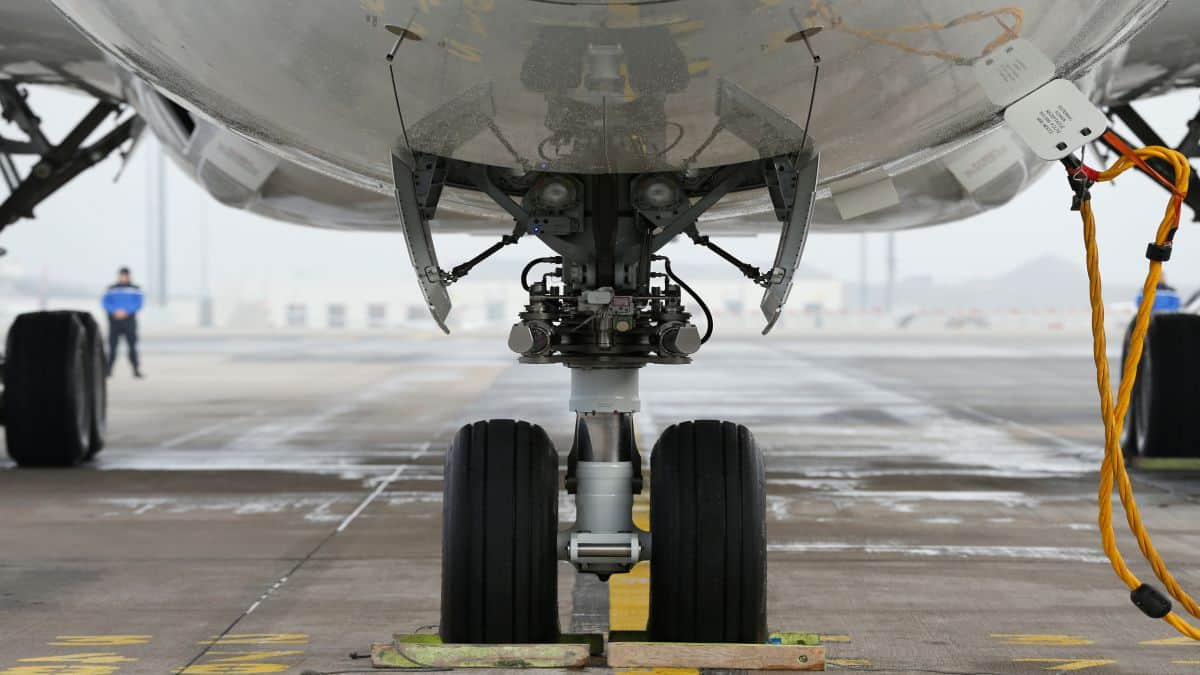
)
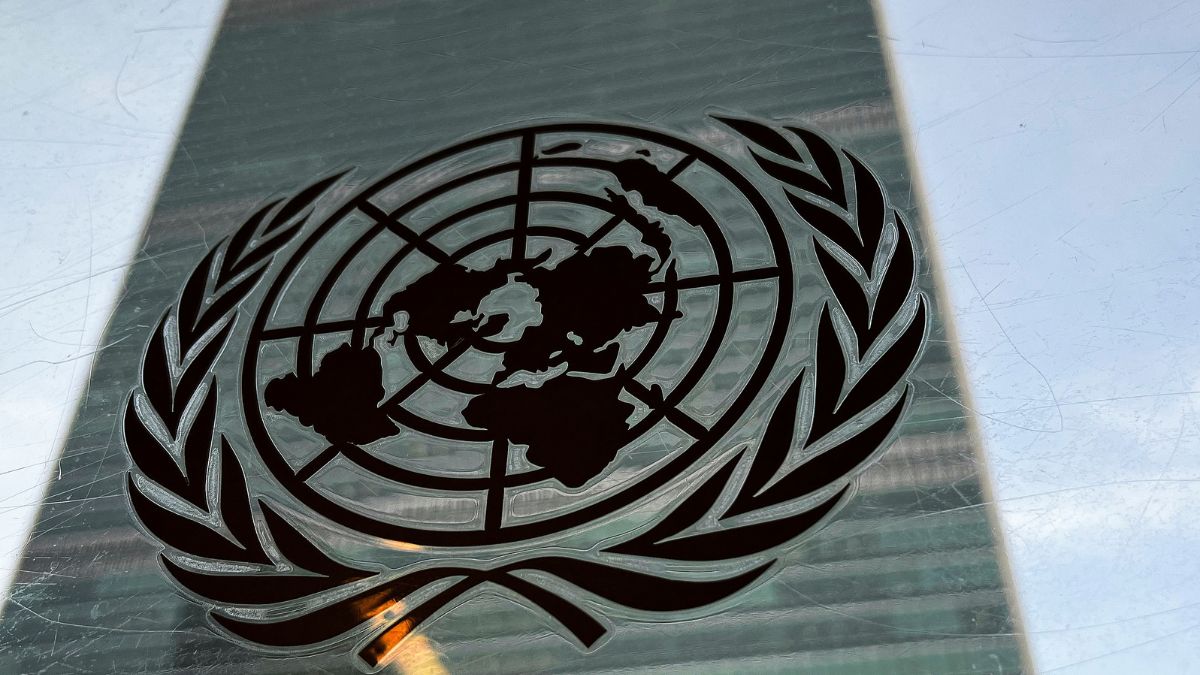)
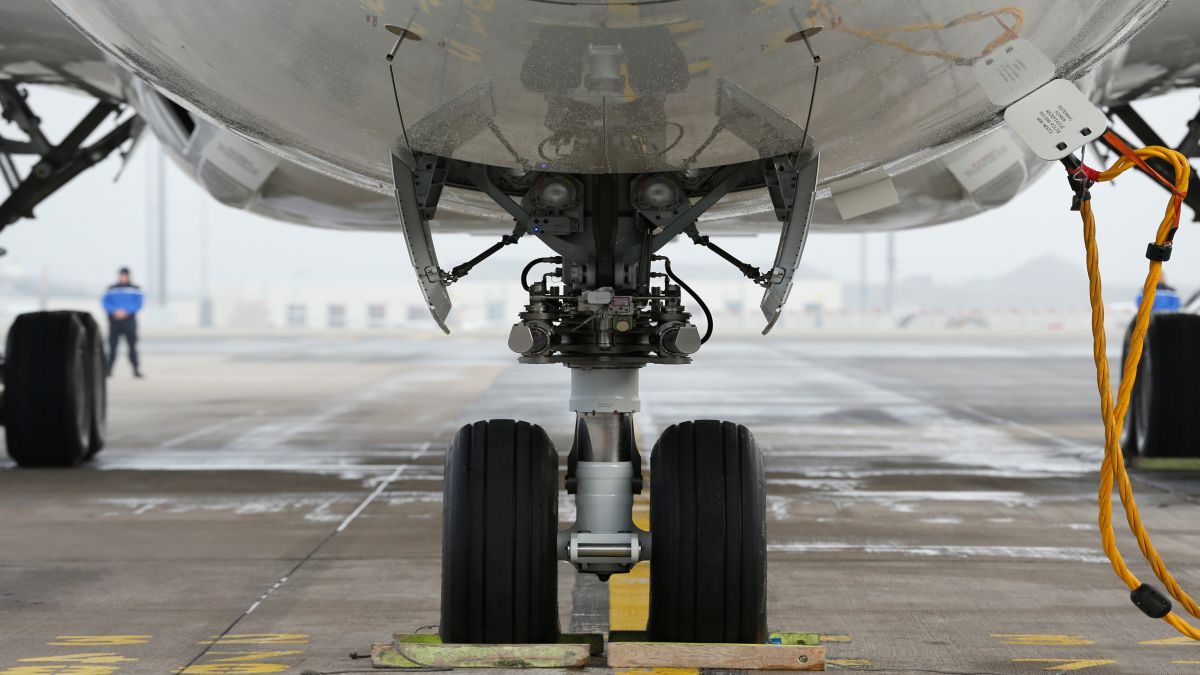)
)
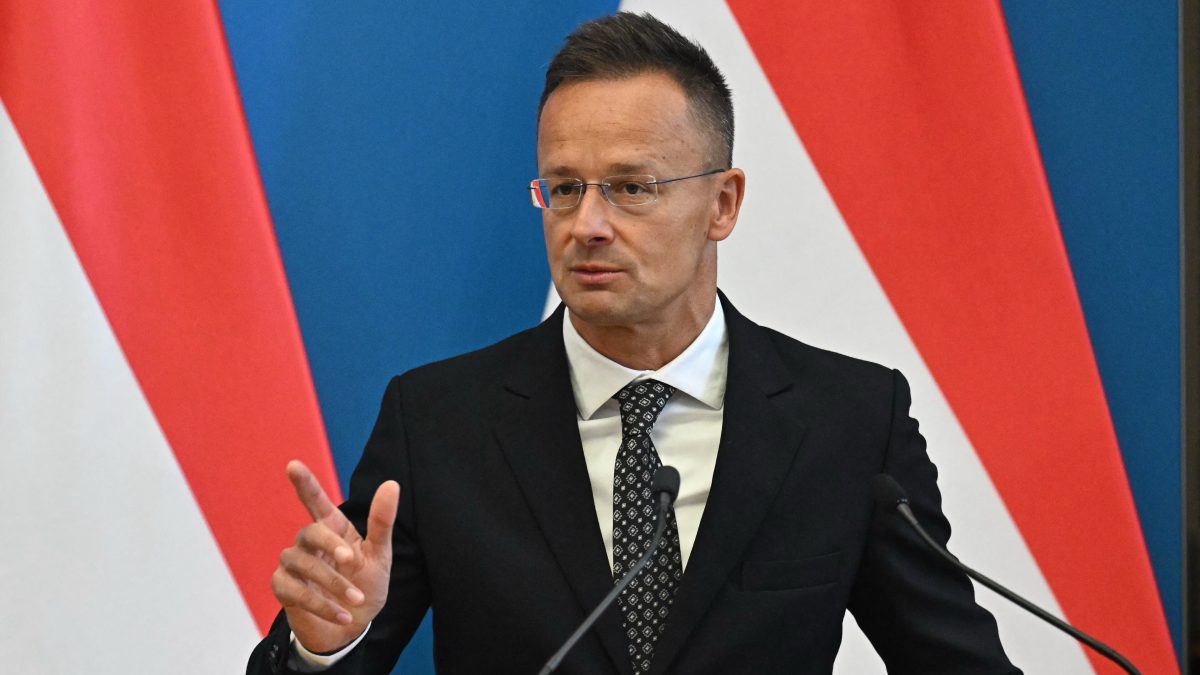)
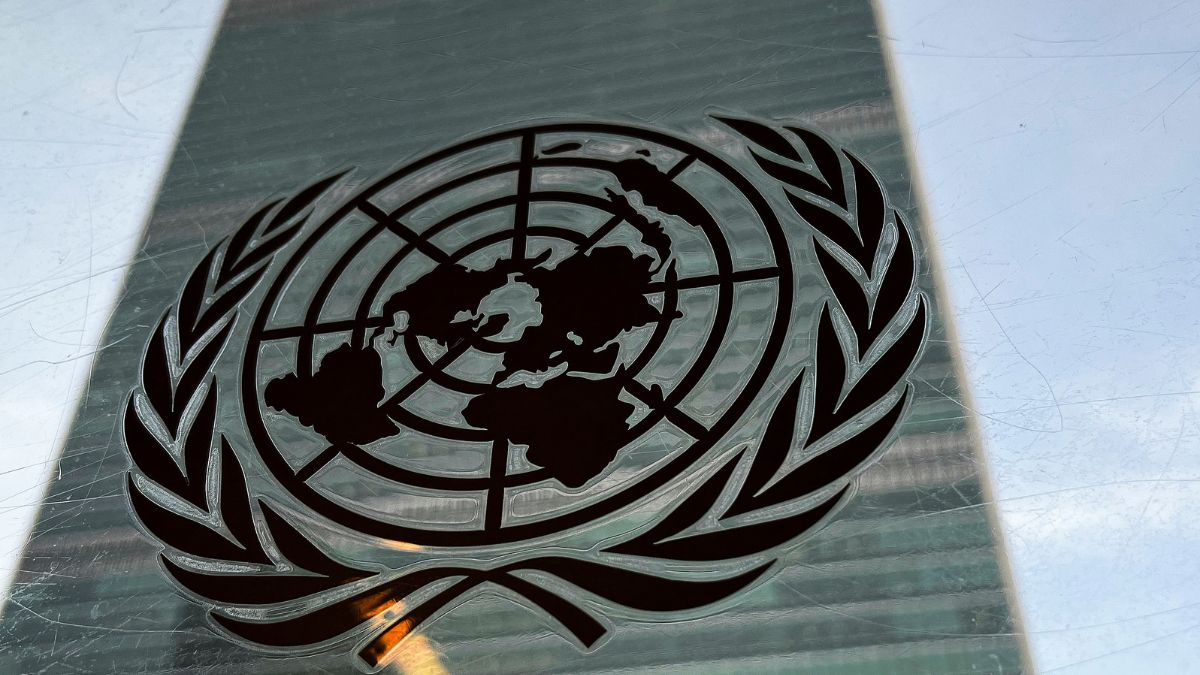)
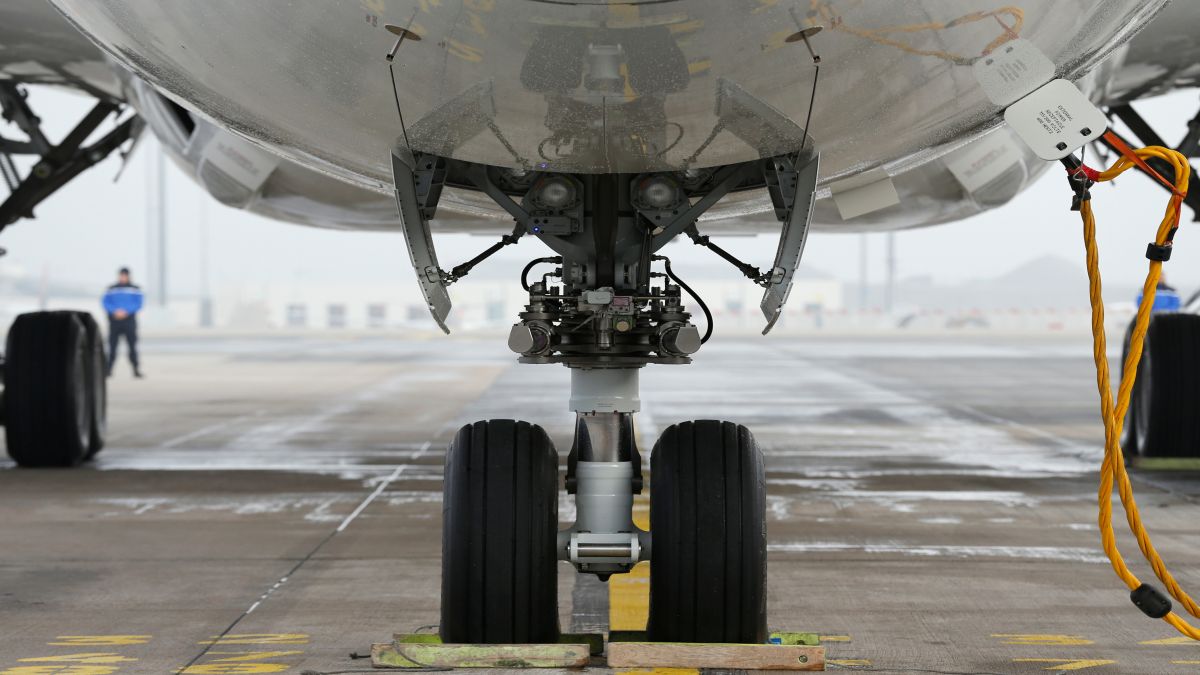)
)



